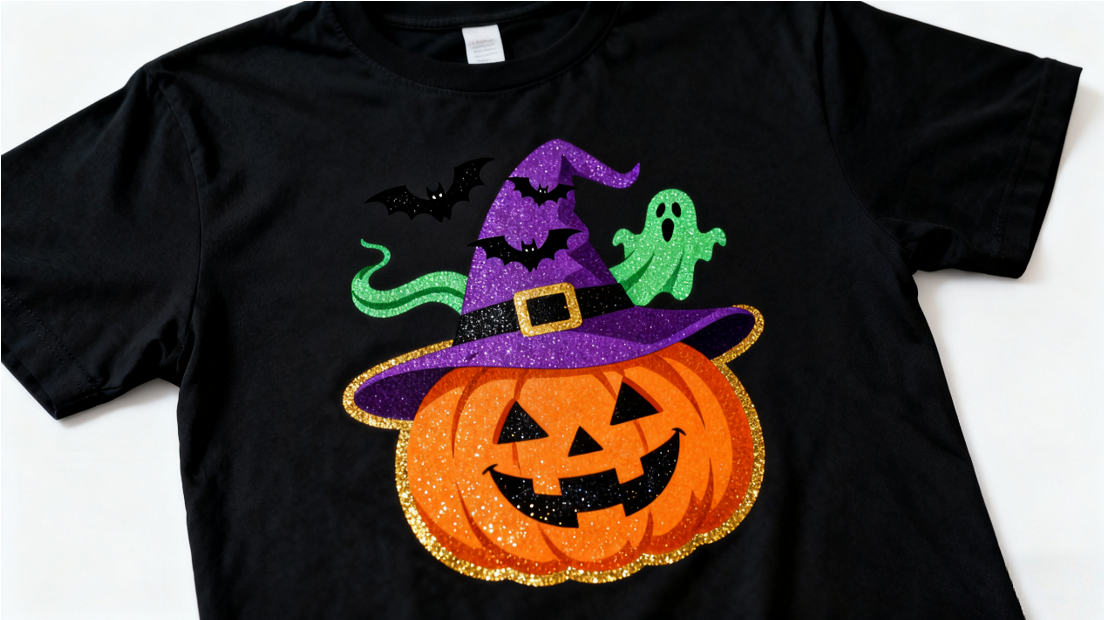Direct-to-Film (DTF) Printing: By Size or Gang Sheet?
When diving into Direct-to-Film (DTF) printing, on...
MoreDirect to Film (DTF) transfer sheets represent a significant technological advancement in the garment printing industry, enabling high-quality, full-color designs to be applied to a vast array of fabrics and materials. This method involves printing a design onto a special PET film and then using a hot melt powder adhesive to permanently bond the print to the substrate. Unlike other techniques, DTF printing is not limited by the material's composition, allowing for application on cotton, polyester, blends, nylon, and even leather or denim without the need for material-specific pretreatment. The process has gained rapid market adoption due to its versatility, durability, and cost-effectiveness for both short and long production runs. Industry reports from platforms like Grand View Research highlight the growing market share of DTF technology within the global textile printing sector, driven by demand for on-demand customization and robust print quality.
The application process for DTF transfer sheets is a key factor in its widespread adoption and is designed for efficiency and high yield. It begins with creating a digital design and printing it in mirror image onto the specialized film using DTF printers equipped with CMYK and white ink channels. The white ink is printed first, forming an opaque base that ensures vibrant colors on dark garments, a notable advantage over Direct to Garment (DTG) printing which can struggle with opacity on dark fabrics. Immediately after printing, a fine layer of hot melt adhesive powder is applied to the wet ink. The sheet then passes through a curing oven, where the ink and powder are melted and set at temperatures typically ranging from 100°C to 120°C. Search data and user tutorials consistently emphasize that proper curing is critical for achieving optimal wash fastness. Once cured, the transfer sheet is positioned on the target fabric and pressed using a heat press at temperatures between 150°C and 165°C for approximately 15-20 seconds under medium pressure. This final step activates the adhesive, creating a strong, flexible bond. According to performance tests shared by industry suppliers, correctly applied DTF transfers can withstand over 50 industrial wash cycles without significant cracking or fading, meeting high standards for apparel durability.
When compared to other mainstream printing technologies, the application of DTF transfer sheets demonstrates distinct competitive advantages based on practical use cases and market feedback. Versus DTG printing, DTF eliminates the need for pre-treatment and post-treatment curing of garments, streamlining the workflow. More importantly, DTF can reliably print on a wider variety of materials, including dark-colored polyester blends, which are challenging for DTG. Compared to traditional heat transfer vinyl (HTV), DTF is vastly superior for complex, multi-colored designs and photorealistic images, as it does not require weeding or layering of different colored vinyls. Searches for "DTF vs. Sublimation" show that while sublimation is excellent for light-colored polyester, it cannot be used on cotton or dark fabrics, whereas DTF has no such limitations. This flexibility makes DTF a more universal solution for print-on-demand businesses and decorators who handle diverse orders. Data from e-commerce platforms like Amazon and Etsy show a rising trend in sellers offering "All-Over-Print" apparel and customized sportswear, with many attributing their capability to DTF technology due to its soft hand feel and excellent stretchability.
The practical applications of DTF transfer sheets extend far beyond standard T-shirts, fueling innovation across multiple industries. In the fashion sector, it is used for creating intricate designs on jackets, hoodies, hats, and shoes. The ability to print on non-textile items like tote bags, mouse pads, and leather accessories further broadens its commercial appeal. User-generated content on platforms like YouTube and specialized printing forums is filled with tutorials demonstrating successful applications on these diverse substrates. For small businesses and startups, the relatively low barrier to entry—with starter kits readily available from suppliers—makes DTF an accessible technology. Furthermore, the global supply chain for DTF materials is robust, with major manufacturers in Asia and distributors worldwide ensuring consistent availability of films, inks, and powders. As per Google Trends data, search interest for "DTF printing" and "DTF transfers" has shown a consistent upward trajectory over the past few years, indicating sustained and growing commercial interest. This trend is supported by the technology's continuous improvement, with newer printers offering faster print speeds and higher resolutions, solidifying DTF's position as a dominant and future-proof application in digital decoration.
Select the most popular foreign trade service products to meet your diverse needs
Learn more about the dynamics and professional knowledge of the foreign trade industry

When diving into Direct-to-Film (DTF) printing, on...
More
Direct-to-Film (DTF) transfers offer a fantastic w...
More
When it comes to transferring designs onto objects...
More
Make your Halloween tees shine with SAILLAGE’s DTF...
More
In the packaging industry, two of the most popular...
More
BOPP Film, or Biaxially Oriented Polypropylene Fil...
MoreSelect the most popular foreign trade service products to meet your diverse needs
Explore more content related to foreign trade services

Tel: +86 17706217416
Add: Building L2A, No. 520, Lane 1588, Zhuguang Road, Hongqiao World Center, Qingpu District, Shanghai, China
User Comments
Service Experience Sharing from Real Customers
Jennifer Martinez
Graphic DesignerThese DTF transfer sheets are absolutely fantastic! The colors come out vibrant and the transfer process is so smooth. Perfect for my custom apparel business.
Michael Thompson
Print Shop OwnerExcellent quality DTF sheets! They work flawlessly with our equipment and the results are consistently professional. Our clients love the durability and detail.
Sarah Chen
Small Business OwnerGreat value for money! The DTF transfer sheets hold fine details perfectly and the colors stay bright after multiple washes. Very impressed with the quality.
David Rodriguez
T-shirt PrinterOutstanding performance! These sheets have revolutionized our printing process. Easy to use, minimal waste, and the final product looks amazing. Highly recommended!